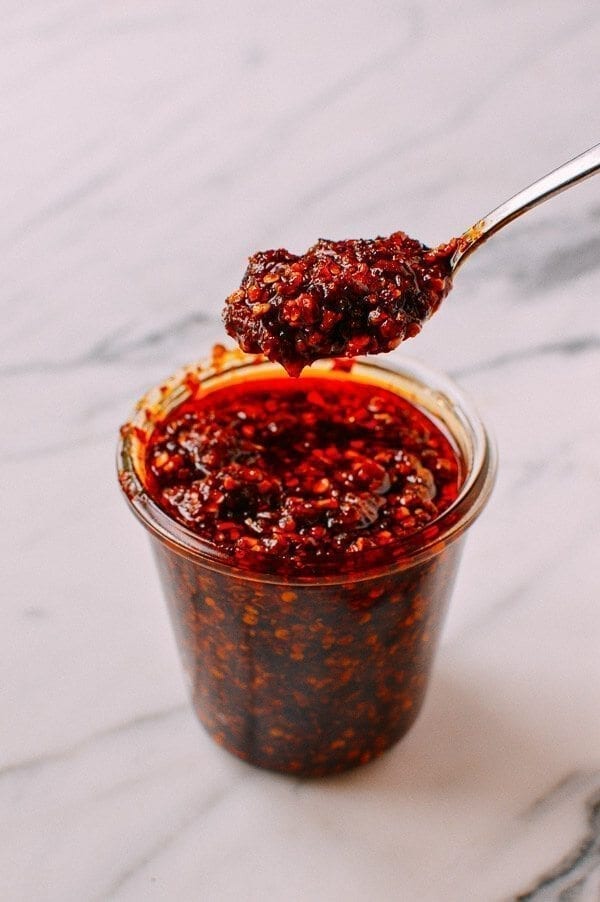- No. 268 Xianghe Street, Economic Development Zone of Xingtai city, Hebei 054001 China
- Byron@hbhongri.cn
Exploring the Culinary Delights of Paprika and Capsicum Variations
Exploring the World of Paprika and Capsicum
Paprika and capsicum are two terms often used interchangeably to refer to a vibrant spice and its source, respectively. However, they entail a rich history, diverse culinary applications, and a bounty of health benefits that are worthy of exploration. In this article, we will delve into the origins, varieties, uses, and health advantages of paprika and capsicum.
Origins and Background
The history of paprika can be traced back to the Americas, where capsicum peppers were first cultivated by indigenous peoples thousands of years ago. When European explorers arrived in the New World, they discovered these colorful peppers and brought them back to Europe. Over time, paprika became particularly associated with Hungary, where it evolved into a key ingredient in local cuisine. The sweet, smoky flavor of Hungarian paprika is celebrated worldwide, and this spice has become a staple in many kitchens.
Capsicum, on the other hand, refers to the botanical classification of peppers, including bell peppers, jalapeños, and many others. The genus Capsicum encompasses various species, including Capsicum annuum (which includes sweet bell peppers and many hot varieties) and Capsicum frutescens (home to the famous Tabasco pepper). The popularity of capsicum has expanded globally, leading to a fascinating array of pepper types and flavors.
Varieties of Paprika and Capsicum
Paprika is not just a singular spice; it comes in several varieties, each with its unique flavor profile, color, and heat level. The primary types include
1. Sweet Paprika Often used for its mild flavor and vibrant red color, sweet paprika adds depth to dishes without overwhelming heat. It’s commonly found in Hungarian goulash, Spanish chorizo dishes, and as a garnish for various meals.
2. Smoked Paprika Known for its rich, smoky flavor, smoked paprika is made from peppers that are dried over an oak fire. This variety is essential in creating the unique taste of dishes like paella and can also enhance soups, stews, and marinades.
3. Hot Paprika For those who enjoy a bit of spice, hot paprika is made from spicier varieties of capsicum and can add a kick to any dish. It is often used in spicy sauces and meat dishes, appealing to those who savor heat.
paprika and capsicum

Capsicum peppers themselves vary widely in flavor, heat, and usage. Bell peppers, for instance, are the sweetest form of capsicum and can be consumed raw in salads or cooked in various dishes. At the other end of the spectrum are fiery chili peppers, which bring intense heat and are often used in sauces, salsas, and spice blends.
Culinary Uses
Both paprika and capsicum are incredibly versatile ingredients in the kitchen. Paprika enhances the flavor of dishes while adding a splash of color, making it ideal for seasoning meats, stews, soups, and sauces. In Hungarian cuisine, it is indispensable in dishes like goulash and chicken paprikash.
Capsicum, on the other hand, can be enjoyed in innumerable ways. Bell peppers can be stuffed, roasted, grilled, or simply enjoyed raw with dips. Hot peppers can be dried and ground into powder, used fresh in salsas and sauces, or pickled for a zesty condiment. The versatility of these ingredients means they can easily feature in global cuisines, from Mexican to Mediterranean dishes.
Health Benefits
Beyond their culinary appeal, paprika and capsicum also offer numerous health benefits. Both are rich in vitamins A and C, acting as powerful antioxidants that support immune health and skin health. Additionally, capsicum peppers contain capsaicin, which has been linked to pain relief, increased metabolism, and improved digestive health. Studies have shown that regular consumption of capsicum may help in weight management and may even lower the risk of certain chronic diseases.
Furthermore, paprika carries anti-inflammatory properties and aids in heart health, due to its high levels of antioxidants. The spice has also been associated with improved circulation and can contribute to healthy blood pressure levels.
Conclusion
In summary, paprika and capsicum are more than just flavorful additions to dishes; they embody a rich history and cultural significance in global cuisines. Their diverse varieties, culinary uses, and health benefits make them indispensable ingredients in many kitchens. For anyone looking to spice up their cooking, incorporating paprika and capsicum will surely benefit both palate and health.
-
Turmeric Rhizome Powder: A Golden Treasure from Roots to TableNewsJul.28,2025
-
The Versatile Application Of Crushed Red Hot Peppers: Lighting Up The Red Flames On The Dining TableNewsJul.28,2025
-
The Paprika: A Touch Of Vibrant Red In Color, Flavor, And CultureNewsJul.28,2025
-
Ground Turmeric: A Modern Examination of an Ancient SpiceNewsJul.28,2025
-
Capsicum Liquid Extract: Features, Applications, and ChallengesNewsJul.28,2025
-
Application of Capsicum Liquid Extract in FoodNewsJul.28,2025







